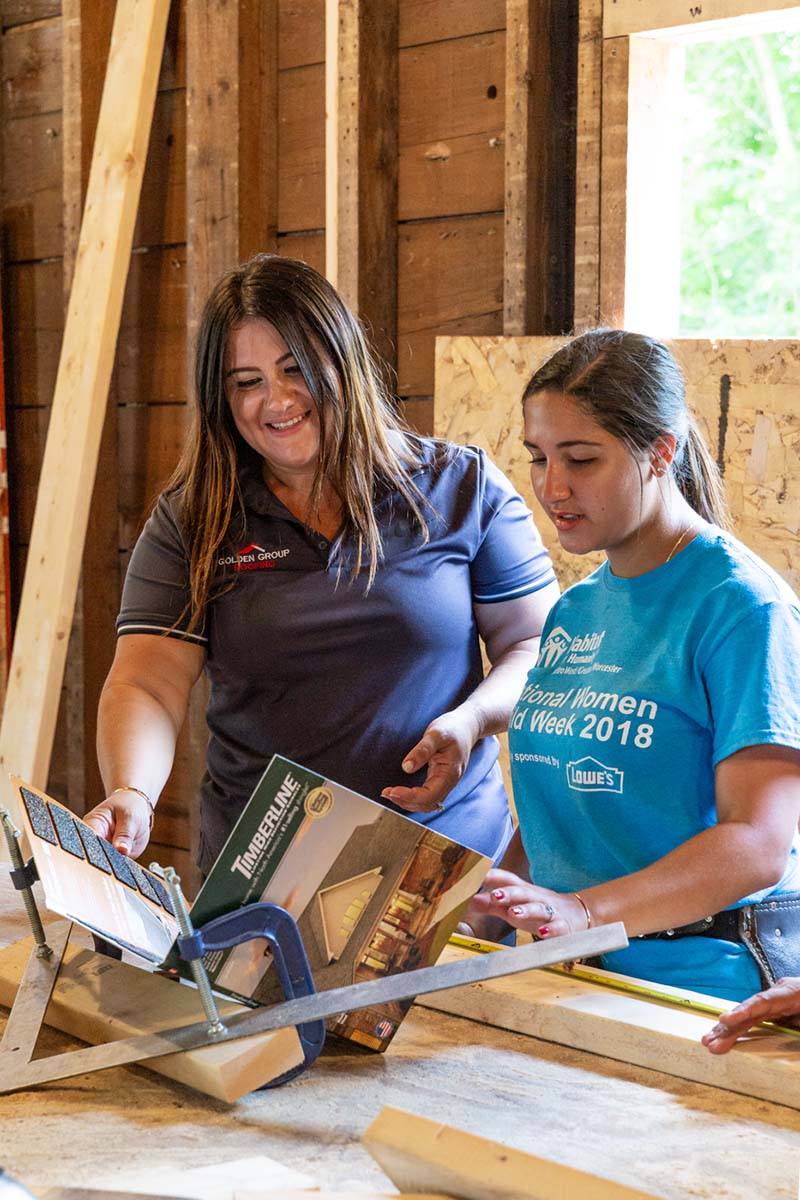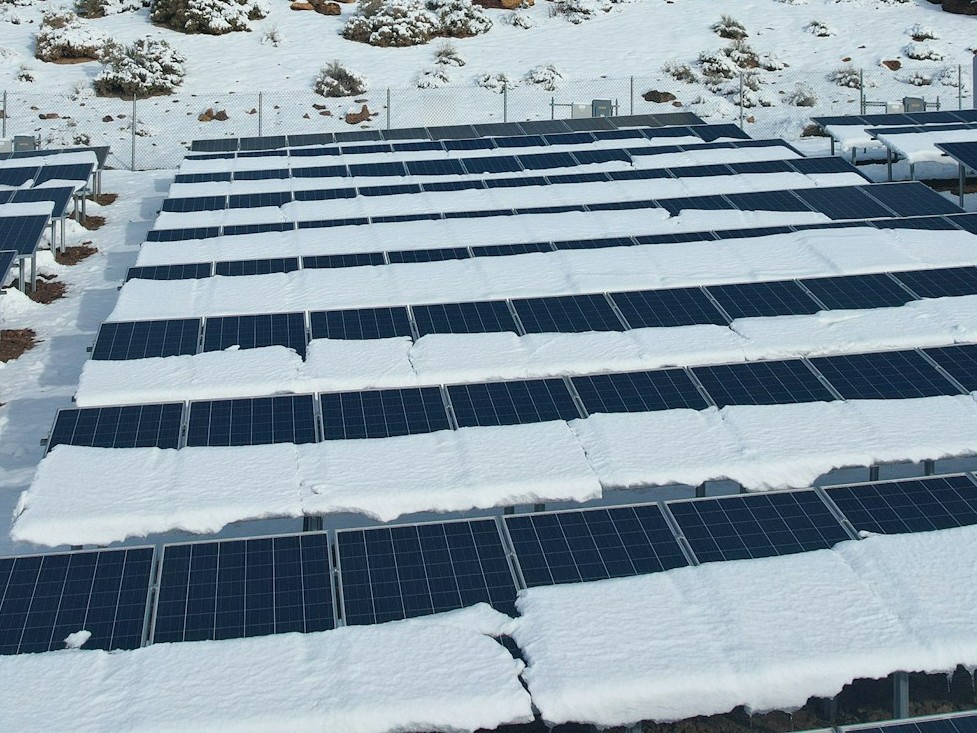Attic Ventilation Problems(and How to Fix Them)
A hot stuffy attic is more than just an annoyance. It can actually cause problems in your home. In this post, we’ll share what to look for with attic ventilation problems.
What you should know about attic ventilation problems.
Not many homeowners think about airflow in their attic. Yet when it’s not working properly, it can cause real problems, including damage in the summer and the winter.

What are attic ventilation problems?
When we talk about attic ventilation, we’re talking about the flow of air from inside and outside the attic. When designed properly, vents in the attic will allow cooler fresh air into the attic and let warmer air out of the attic. The goal is to keep the attic as cool and moisture free as possible. When there is an imbalance in the airflow, or the airflow is blocked, it can lead to a build up of moisture and heat. This causes attic ventilation problems for a few reasons.
Excess heat can warp and damage attic and roofing materials
When exposed to extreme heat, certain materials can warp, crack, or melt. During the hottest times in the summer, not only is your roof exposed to the hot sun, but it is also susceptible to any heat build up in your attic.
Asphalt shingles can bend, shrink, or crack – and the wood inside your attic can begin to warp as well. When materials begin to change shape, this can lead to small cracks that weren’t there before. Small cracks in your roof and attic mean that rain and snow can find their way into your home.
Moisture buildup can cause mold and mildew
Trapped moisture and heat are a recipe for mold and mildew – and nobody wants that in their attic. You’ll want to create proper airflow, especially if you live in a humid climate like New England.
The stagnant moisture can even condense around materials such as nails and screws and cause rust. Keeping your attic properly ventilated will help you avoid issues such as excess moisture and heat buildup.
Roof ventilation problems can cause damaging ice dams in the winter
You might not think that a warm attic would cause problems in the winter, but it actually does. Here in New England, where we often experience frequent snow storms there is plenty of snow buildup on our roof.
The problem occurs if the attic is too warm. The heat from the attic will actually warm up the roof itself. If the roof has a pack of snow on it, the warm roof will actually melt the bottom layer of snow.
The melted snow turns into water, which naturally flows down the slope of the roof, but refreezes when it hits the ice cold gutters. This can continue undetected until there is a large block of ice running along the roofline. It may even result in the classic icicles hanging off the roof edge.
While those icicles may look pretty, they are a sign that there is melting underneath the pack of snow. There is too much warm air coming from the home into the attic, but it is not escaping. This is a problem that needs to be addressed.
Get familiar with your vents
A properly ventilated attic will have a way for hot air to escape out the top through a ridge vent or other vent (warm air rises) and for cooler outside air to flow in – usually through soffit vents or gable vents. There are other types of vents available as well.
Make sure you know where all the vents are, especially the lower ones for cool air intake. Ensure that there are no personal belongings that are blocking the airflow. Attics can be a popular place to store infrequently used items. Just make sure they aren’t blocking the vents.
Ensure proper attic insulation
Part of keeping your attic cool is preventing the heat from flowing from the lower floors to the attic. This is especially important during the winter months, when things are cold here in New England. You don’t want to pay higher heating bills in the winter because all your heat is rising to the attic.
Inspect and replace any insufficient or damaged insulation on the attic flow. You’ll want to look for areas where old fiberglass insulation may have become wet -decreases its insulation effectiveness.

Get an expert attic and roof inspection
When in doubt, get a professional inspection. The professionals will know what to look for, and how to tell if the airflow is insufficient or could be improved.
A professional inspector may recommend adding more vents, replacing insulation, or even adding fans. Remember that the intake and exhaust must flow together – it may not be enough to just add more vents or more insulation.
If you suspect your roof is experiencing ventilation problems, call our team at Golden Group Roofing (508) 873-1884 or schedule an appointment online. We’re happy to take a look and give you an evaluation. We service the Worcester and Greater Boston area of Massachusetts.






